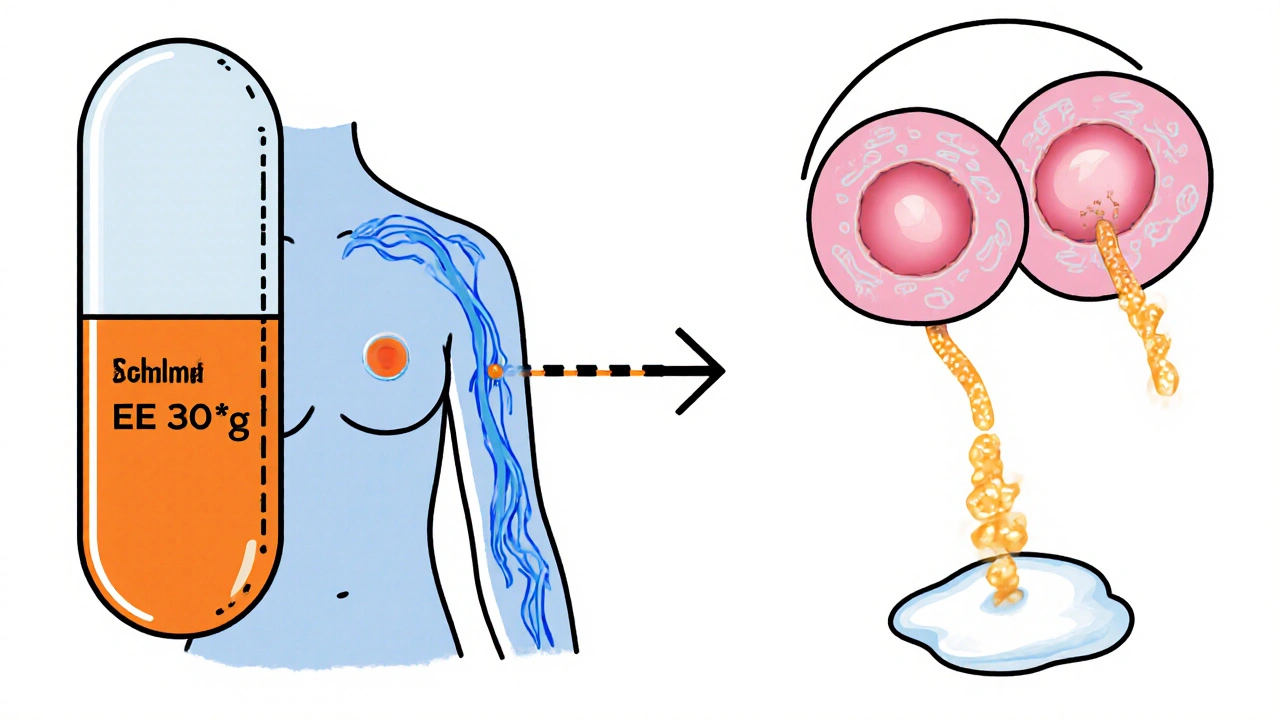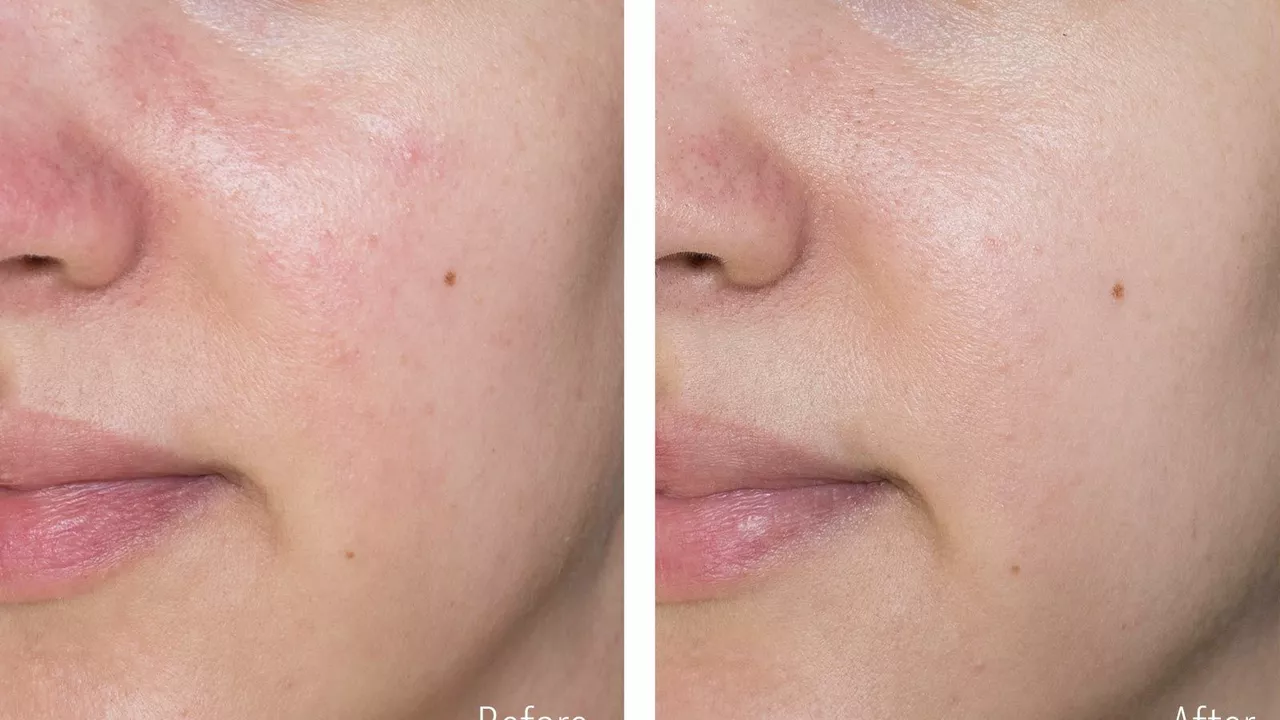Notice new patches, blotches, or changes in your skin around pregnancy or menopause? Hormones are often the cause, and knowing what to watch for makes a big difference. This page groups practical tips and clear steps so you can act fast and feel confident about next moves.
Mottled skin discoloration—spots that look patchy or uneven—can appear when estrogen and progesterone shift. Pregnant women often see melasma or darker patches on the face, while perimenopause can bring dryness, thinning, or more visible veins. Start by tracking when the changes began and any recent life events: pregnancy, stopping birth control, weight loss, or new medications.
Simple, useful care helps most people. Use broad-spectrum sunscreen daily, pick gentle cleansers, and avoid harsh scrubs that inflame skin. A moisturizer with ceramides or hyaluronic acid can restore barrier function. If pigmentation is your concern, topical products with azelaic acid, vitamin C, or low-strength retinoids (used carefully during pregnancy) can help even tone over time.
If the discoloration is sudden, painful, spreading fast, or comes with lumps or unusual bleeding, see a clinician. A dermatologist can offer light-based treatments, prescription creams, or biopsy skin checks when needed.
Amenorrhea means missing periods. In some cases—like long-term low estrogen from menopause or certain medical conditions—lower lifetime exposure to estrogen slightly lowers breast cancer risk. That doesn’t mean amenorrhea is protective for everyone. Causes range from pregnancy and breastfeeding to stress, extreme weight loss, thyroid issues, and more serious conditions.
If your periods stop unexpectedly, get evaluated. Your doctor will likely order a pregnancy test, blood work (FSH, LH, prolactin, thyroid), and possibly an ultrasound. Treating the cause can restore cycles and protect bone and heart health if low estrogen is the issue. If amenorrhea is long-term by choice or medical need, discuss breast screening and risk with your clinician—screening schedules may differ based on age and personal risk.
Practical next steps: keep a simple log of symptoms, medications, and lifestyle changes; use sun protection and gentle skincare; talk to your primary care provider or OB-GYN early; and see a dermatologist for persistent skin changes. For amenorrhea, ask for the core tests above and a clear plan for follow-up.
Want a closer look at either topic? Read our posts on mottled skin discoloration and the amenorrhea–breast cancer connection for real cases, treatment options, and when to get a specialist involved. Small, timely actions often avoid bigger problems down the road.

Learn how ethinylestradiol in birth‑control pills affects breastfeeding, safe start times, infant exposure, and alternative contraceptive options for nursing moms.

Explore why congestive heart failure presents differently in women, learn key symptoms, diagnostic tips, tailored treatments, and lifestyle advice for better outcomes.

In my latest blog post, I delve into the topic of mottled skin discoloration and its connection to hormonal changes in women. I discuss how fluctuations in hormone levels, particularly during periods such as pregnancy or menopause, can lead to skin changes including mottling. I also elaborate on ways to manage and treat these skin changes, from lifestyle modifications to medical treatments. Additionally, I emphasize the importance of regular dermatological check-ups to monitor these changes. Lastly, I share insights on how to maintain healthy skin despite hormonal fluctuations.
As a blogger, I've recently come across some fascinating information about the connection between amenorrhea and breast cancer. Amenorrhea, which is the absence of menstruation, has been found to be associated with a reduced risk of breast cancer. This is because the lower levels of estrogen and progesterone in women experiencing amenorrhea may decrease the chance of developing the disease. However, it's essential to remember that amenorrhea can also be caused by various underlying health issues, so it's important to consult a healthcare professional if you're experiencing this condition. Overall, this connection between amenorrhea and breast cancer emphasizes the complex relationship between hormones and cancer and highlights the importance of understanding our bodies.